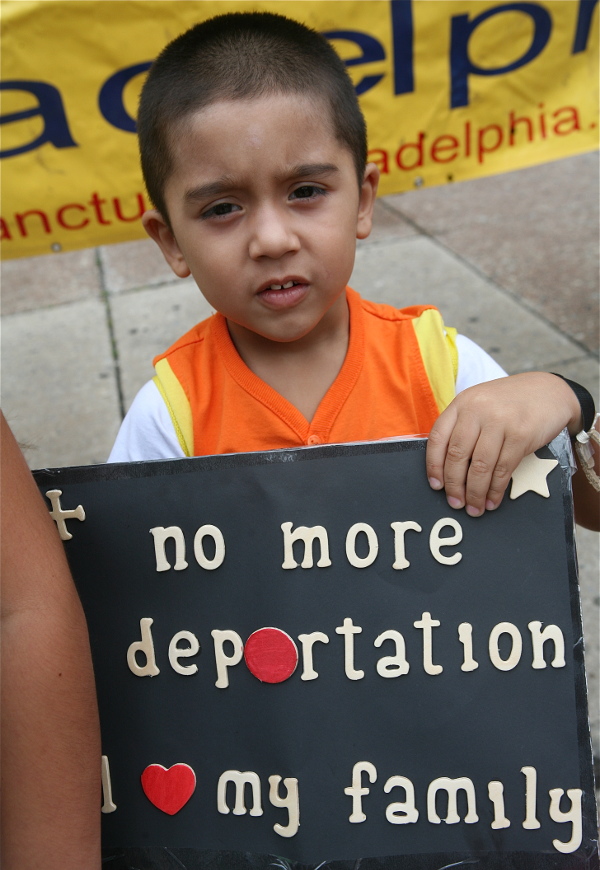
PHOTO/HARVEY FINKLE
The story is repeated across the world. The breakdown of capitalism forces people to migrate—often at the risk of their lives—from their home countries in order to find work and feed their families. They leave behind children and spouses that they don’t see for years. In the US as elsewhere, immigrant workers do many of the hard, dirty, dangerous jobs. They get paid much less than US citizens for doing the same work, and sometimes they aren’t paid at all. They work long hours without overtime pay, are subject to sexual violence and abuse of all kinds, and if they complain they run the risk of being arrested, jailed and deported. Husbands and wives can be suddenly separated. Children are separated from their families and jailed. Some 1100 people are deported each day now.
In part, this is a moral question for all of us. What kind of people are we? What kind of society do we want to live in? Do we want a society where some of us have human rights and some don’t? And it is also a strategic question. The immigrant workers are fighting for their rights, and workers of all kinds are fighting around many issues —poverty, unemployment, education, lack of healthcare, homelessness, environmental destruction and so on. One of the keys to victory is to recognize these are all parts of the same struggle. We must understand that the immigrant worker is part of the US working class, and their struggle is everyone’s struggle. The working class can only win if it unites as a class around the demands of those who have the least.
Here in the US, as in many countries, a debate is raging about how to reform the immigration laws. Clearly the corporations have their “reform” agenda, which involves preserving their ability to reap huge profits from the labor of immigrants, whether they are farm workers or software engineers. The corporations also want to keep workers divided. But what does real reform look like, from the workers’ perspective?
For the workers, real reform means that immigrant workers have the same human rights that every worker is entitled to. It means they are treated as citizens, and as what they are—part of America’s working class.
And for the working class as a whole, this kind of class unity is central to winning all our struggles, because we are involved in much more than a fight for jobs and good wages. Computers and robots are replacing labor, and the jobs are disappearing for everyone, documented and undocumented alike. It is increasingly impossible to have an economy based on a few people privately owning the tools of production and the rest of us working for them and using our paychecks to buy what we need. With the jobs disappearing, we are in a fight for a new society where the people own the tools of production collectively, and we simply distribute to people what they need. We are fighting for a new world without poverty, where everyone’s needs are guaranteed.
Class unity around the demands of those who have the least, including the immigrant workers, is key to victory.


“Class unity around the demands of those who have the least, including the immigrant workers, is key to victory.”
Good piece and the quote says it all…now what?
How do we translate the well-advanced conversation(s) into action, when/where does it start…petitions, organized – coordinated demonstrations, sit-ins/write-ins…what, where, how???